
There’s nowhere quite like Rome for a student adventure, where ancient ruins and buzzing piazzas set the scene for daily life. From soaking up lectures at the legendary Sapienza University of Rome to joining a lively crowd of international students, you’ll soon notice how the city has a knack for combining old-school charm with modern energy.
Students from around the world are drawn to Rome not just for the world-class courses, but for the promise of long aperitivo evenings, legendary street food, and the kind of atmosphere you just can’t bottle. With options ranging from medicine to art history, the “Eternal City” sets the stage for a university experience that’s anything but ordinary.
Why study in Rome
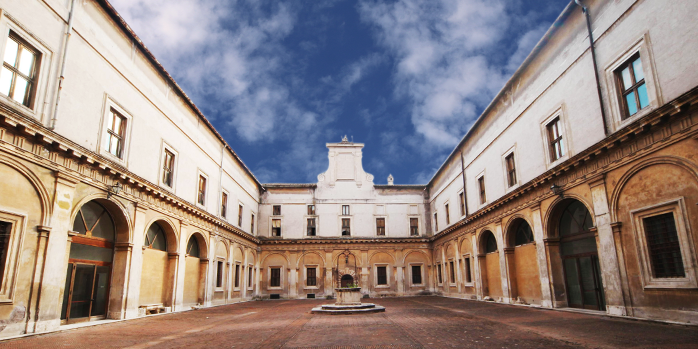
Rome isn’t just a backdrop for picture-perfect sightseeing; it’s a proper living, breathing student city that easily draws in anyone keen for a bit more than textbook learning. Living in Rome gives you front-row access to Italian culture and a lifestyle built around good food and big conversations. For young people, it hands out once-in-a-lifetime chances to lose yourself among Roman ruins after class or grab a late-night gelato under the glow of centuries-old lamplights.
Certain subjects really shine here—art history and archaeology are no-brainers, given you’re surrounded by masterpieces and ancient stones at every turn. Architecture, fashion, and international relations have strong reputations too, and there’s a growing choice of English-taught courses in everything from business to medicine.
What to study and where in Rome
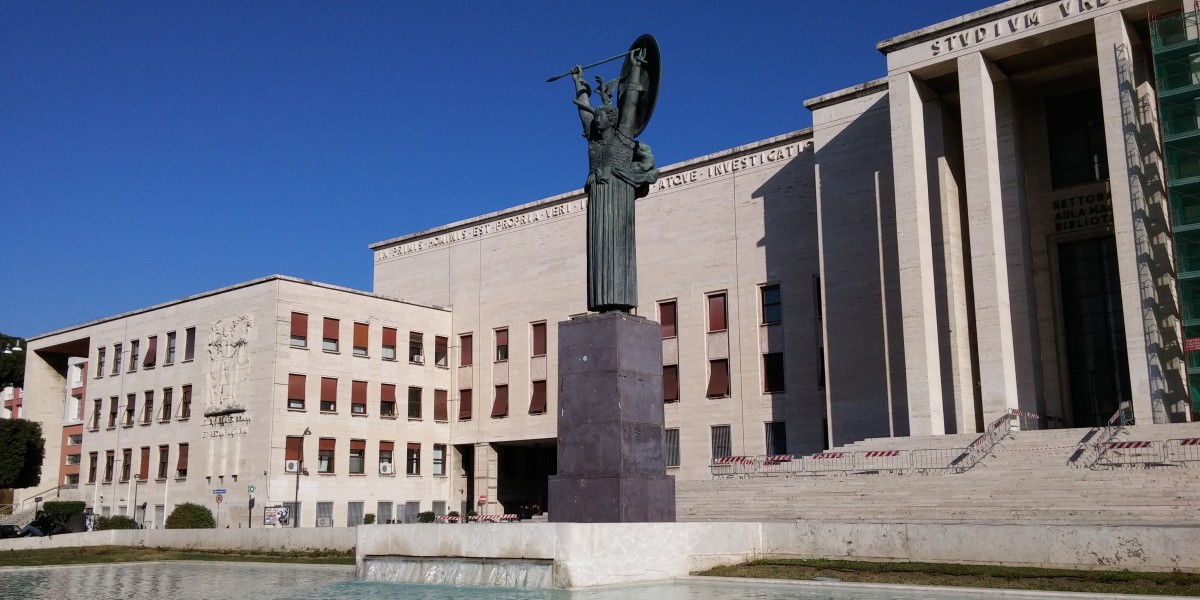
Rome has loads of academic options, offering everything from centuries-old institutions to modern, internationally-minded universities. You'll find Erasmus students passing through, PHD culture vultures, and entrepreneurial students doing an MBA at one of the many business colleges like Rome Business School.
Some places focus on classic subjects, while others are all about fresh ideas and a global outlook. Opt for a semester in Rome, a crash course in the Italian language, or a two-year-long master's degree.
Public universities in Rome
Public universities here have a strong reputation, especially for subjects tied to Rome’s rich heritage, like art history, archaeology, and architecture. But they also excel in medicine, engineering, science, and the humanities.
Sapienza University of Rome is easily the heavyweight, welcoming international students from all over and boasting a wide range of English-taught courses, from business to biomedical sciences. Tor Vergata University and Roma Tre also stand out, with modern campuses and a growing list of degrees delivered in English.
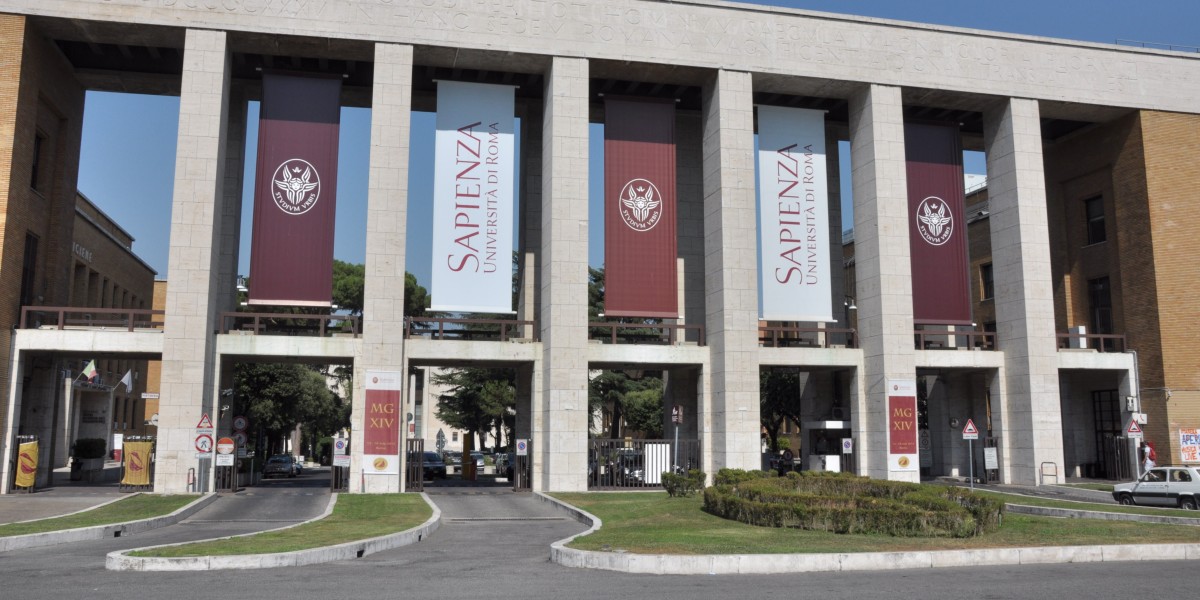
Private and international universities in Rome
American-style campuses like John Cabot University attract students for business, communications, and international affairs, with courses taught in English. LUISS University is known for its business education and strong industry links in economics, law, and political science.
If you’re searching for a study abroad program, ACU (Australian Catholic University) is a great option, letting students study theology, liberal arts, and social sciences with classmates from across the globe. ACU’s application requirements are clear, and the fees, while higher than the public unis, reflect the close-knit campus feel and international connections.
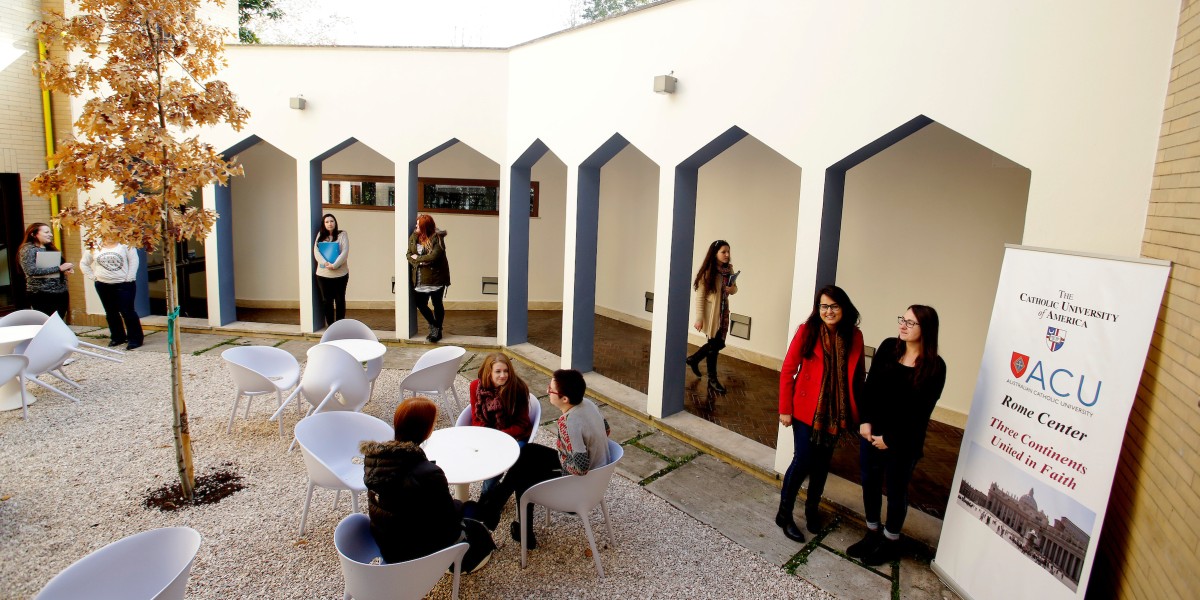
Is it expensive to study in Rome?
Costs can be surprisingly reasonable for a major European capital, but there’s quite a range depending on what and where you study. Public universities tend to offer lower fees, while private and international institutions usually come with a higher price tag and extra amenities. It’s sensible to factor in not just tuition but also life’s extras—housing, food, transport, and how much Roman gelato you plan on eating each week.
Student fees in Rome
For international students looking at public universities, annual tuition generally ranges from around €900 to €4,000, depending on the course and your financial situation. Some highly specialised programmes, or those at the postgraduate or doctoral level, may go a bit higher, but Rome remains much more affordable than many cities in Western Europe.
Private universities, such as John Cabot or LUISS, set their fees upwards, often from €8,000 to €20,000 per year, while international institutions like the American University of Rome can charge around €10,700 per semester for full-time study.
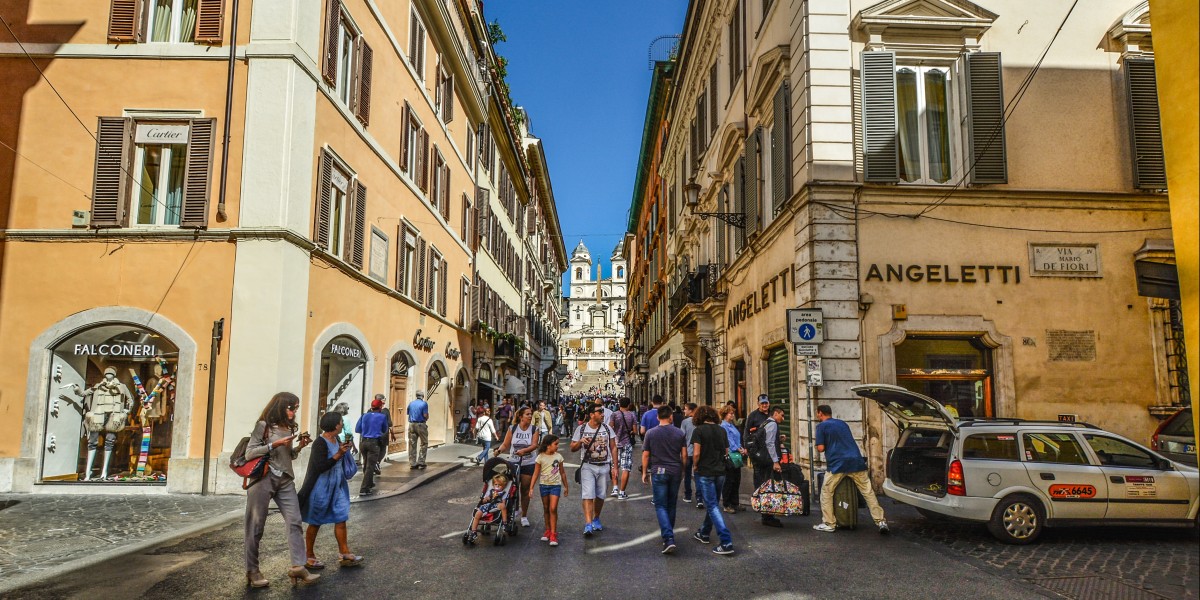
Study in Rome for free
Scoring a spot at a Roman university doesn’t always mean emptying your wallet—especially if you know where to look for support. Public universities offer income-based sliding scales, so students from lower-earning families can pay far less (and in many cases, nothing at all) for tuition. Italy’s DSU Lazio scholarships are worth a look, as they cover not only fees but also living expenses like accommodation and meals for both Italian and international students who can show need or merit.
On top of public funding, some universities and even private options hand out their own scholarships for top grades, sports, or community involvement. Fully funded scholarships are on offer at major Italian universities for international students—including at institutions in Rome—so if you’re willing to go through the paperwork, it’s perfectly possible to study in Rome for free or very little out of pocket.

Living costs in Rome for a student
Life in Rome isn’t the cheapest going, but with a bit of planning, students can keep their monthly spend in check. Generally, a single person needs roughly €2,100–€2,500 a month to cover rent, bills, food, transport, and extras. Students, especially those in shared flats or university accommodation, usually manage with €955 to €1,120 a month by sticking to student-friendly options and making the most of discounts.
Eating out is a treat without blowing the budget—a basic meal is usually around €12 to €14, and you can pick up a coffee for less than €2.50. Local beers land at about €5 in most bars and casual spots. Getting around is straightforward too; a monthly public transport pass costs €35 and gets you access to buses, trams, and the metro. If you want to keep fit, most gyms in the city start at around €50 a month, though you’ll find both cheaper and fancier options, depending on the neighbourhood.
Student accommodation in Rome

Most students opt for rooms in shared apartments, which is the most sociable and budget-friendly choice. University-managed halls are available, though spots are limited and competition can be stiff. Studio apartments suit those who fancy a bit more privacy and independence, especially postgraduates and international students staying longer term. Prices can vary depending on the neighbourhood and housing quality, with Rome boasting some of the most sought-after areas in Italy for renting.
Checking out the best student areas in Rome is a good place to begin. Rooms in shared flats usually start from around €250 per month, which is a real bargain if you’re happy to live a bit further from the centre or in student-heavy areas like San Lorenzo or Pigneto. If you’re after your own space, studio apartments tend to begin at roughly €600 per month, climbing higher if you want something modern or closer to the top universities.
Finding your feet: student life in Rome

Diving headfirst into Roman life means settling into a rhythm of lively piazzas, spontaneous meetups, and late-night gelato runs with mates from every corner of the globe. The studying in Rome experience quickly becomes a mix of language swaps in local bars, student discounts on everything from museums to cinema tickets, and joining in on neighbourhood celebrations that seem to pop up every other week. With so much going on, getting into the swing of Roman student life feels like joining one big, ever-changing community.
